Ford Fiesta Hatchback (2017-2023) review
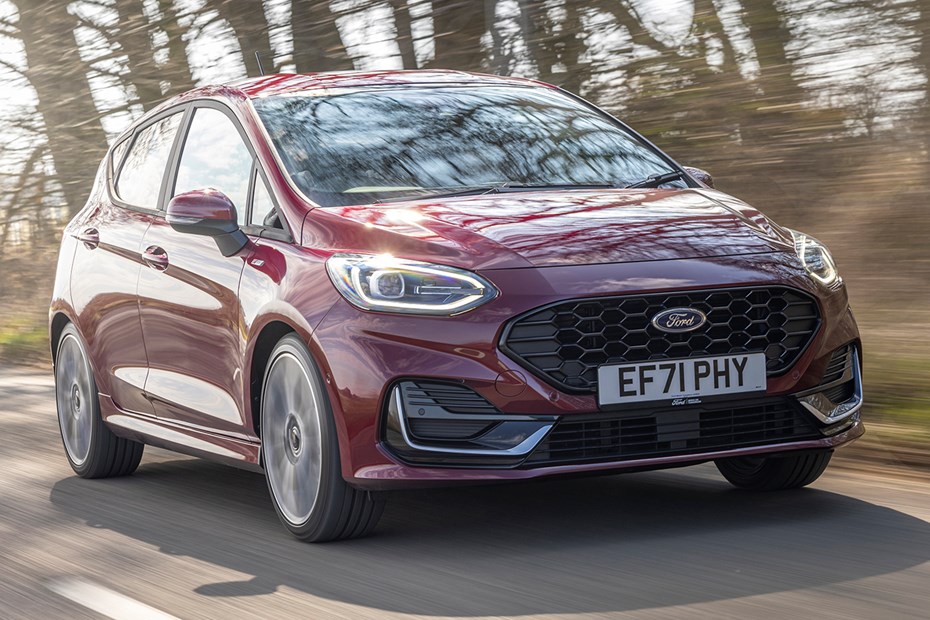
At a glance
| Price new | £13,800 - £26,860 |
|---|---|
| Used prices | £3,307 - £18,838 |
| Road tax cost | £195 |
| Insurance group | 2 - 30 |
Get an insurance quote with

|
|
| Fuel economy | 40.4 - 65.7 mpg |
| Range | 434 - 684 miles |
| Miles per pound | 5.9 - 8.4 |
| Number of doors | 3 - 5 |
| View full specs for a specific version | |
Available fuel types
Petrol
Diesel
Pros & cons
- Well-made
- Generously equipped
- Good to drive
- Small even by small car standards
- Some cheap interior plastics
- Buy carefully or you could face big bills
Ford Fiesta Hatchback (17-23) rivals
Overview
Here’s a moment – this is the last Ford Fiesta. This popular small car, which has been a big seller in the UK since the original was introduced in 1976, went out of production in 2023, and Ford currently has no plans to build another. Which is a real shame, since it has long been one of the best small cars you could buy, and frankly we’d still rather have one of these than many of today’s current alternatives.
Which brings us to this used Ford Fiesta buying guide. Concentrating on the last-of-the-line model – sold from 2017 to 2023 this is known as the Mk8 Fiesta in the UK but confusingly considered the Mk7 Fiesta elsewhere – on this page we’ll take you through the most common problems, while the following parts of the review will cover the driving experience, practicality and so forth.
Ford Fiesta Mk8 known fault and common problems
Ford sold a huge number of these Fiestas – for years it was the UK’s bestselling car, until covid happened and decisions had to be made about what kinds of cars it was best for Ford to concentrate on producing during a time of limited parts supply. Given this, while it might seem there are a lot of problems to deal with because of the number of people who have experienced them, in percentage terms the Fiesta is a perfectly fine used car.
Better than that, really, as these are fun to drive, relatively economical and supported by the UK’s largest dealer network. Parts are usually reasonably priced, too. Because so many were made, there’s also loads of second-hand choice – so have the confidence to walk away from anything that doesn’t seem spot on for your budget, there’ll be another just like it in better condition in the classifieds.
Below you’ll find a list of 10 key things to look out for when buying a used Mk8 Ford Fiesta.
Buying guide
Common issues, and what to look for if you’re thinking of getting one
1. Diesel particulate filter (DPF) issues
Small cars are often used for short journeys most of the time. If that sounds like you, avoid the diesel Fiesta. As with any modern diesel used this way, they’re prone to clogging up and eventually failing their diesel particulate filters (DPF) – a long, vigorous run on a regular basis is the only real way to avoid this problem. Use good quality fuel, too. Signs that this is an issue with a potential used purchase include a rough idle, poor acceleration and general lack of refinement.
2. Oil contamination
A further reason for avoiding the diesel. If the DPF of this 1.5-litre turbo engine does get clogged, it can lead to oil contamination. This will damage the engine, since the oil is vital for proper lubrication and oil full of diesel won’t be doing its job properly. Signs of this include the smell (take the oil filler cap off and sniff – does it smell like diesel?) and the oil level being higher than the max mark on the dip stick. Regular oil changes are a must for this car for this reason, so check the service history carefully, too.
3. Oil leaks
Oil leaks were particularly an issue for earlier examples, but worth checking for as all Mk8 Fiestas get older. Have a good look around the engine bay – bring a torch – for signs of things glistening when they shouldn’t, and if it’s a private sale ask about any marks on the drive or road outside.
4. Gearbox trouble
Manual gearboxes failures are not unknown but it’s the optional automatic you really want to be careful of, as these are much more prone to trouble. In both cases, make sure gear selection is smooth and be alert to any excessive vibration. Check that automatic models can engage every gear.
5. Worn suspension
These are small cars, often driven mostly on badly surfaced urban roads where they will also encounter speed bumps. So no wonder suspension issues are another common theme. Listen for knocking noises and squeaks that might indicate worn bushes – both the front and rear suspension can suffer with this – and try and look under the car to see if the shock absorbers are leaking.
This generation of Fiesta has a firm ride anyway, meaning problems can be difficult to judge based on comfort levels; try and drive a few examples to get a feel for what the chassis should be like. For instance, cornering should be crisp and engaging – the Fiesta is a fun car to drive – so if it feels dull and tired some money will need to be spent. Is this reflected in the asking price?
6. Door seals
Door seals are known to fail on these, letting water into the cabin. Check for damp carpets and signs of water marks. Not a big expense to put right, and as such better to get replacements from the local dealer to ensure proper quality.
7. Ecoboost engines
The Fiesta Mk8 uses three-cylinder Ecoboost turbocharged petrol engines. These 1.0-litre units are keen and clever piece of very modern kit, and have won plenty of awards. But they can also have vibration issues, problems with carbon build-up due to their direct injection design (poor running will indicate this – can be rectified by a cleaning service, and using good quality fuel), and feature a ‘wet’ timing belt design with far too over-optimistic replacement intervals.
This last can lead to the belt breaking up and allowing small pieces of rubber into the engine, where they block-up important channels and cause oil-pressure issues. Therefore look for a used Ecoboost Fiesta with provable service history (oil quality is important for the belt’s longevity) and ideally an owner who’s thought to get the belt replaced at intervals of around five years or 50,000 miles. Unfortunately, the belt change is an expensive job, so these will be few and far between.
Also be very alert to signs of engine coolant loss or leaks, as low coolant levels can also prove fatal to these engines. Check the coolant level before the test drive and look for white marks around hoses and joints.
8. Clutch wear
This is going to depend slightly on who’s been driving, but many owners report high rates of clutch wear on these cars. If the biting point is near the top of the pedal’s travel or you get any slipping (revs rising without acceleration) during the test drive, walk away or negotiate the price.
9. Battery trouble
Plenty of reports of problems with 12v batteries in the Mk8 Fiesta. Some of this will be due to age now – car batteries do need replacing periodically – but there is also evidence that the car isn’t always good at keeping them fully charged. This can lead to electrical gremlins or simply a total failure to start. Mild hybrid (mHEV) Fiestas seem to be particularly prone to battery issues, especially if they are only ever driven short distances. This seems to be because they prioritise charging the small secondary battery that boosts the hybrid system.
10. Make sure the recalls have been completed…
This Fiesta has had a few important safety recalls for relating to items including the brake, steering column, seatbelts, suspension, sensors, and engine components. Many of these were early in the model’s life, but it’s worth making sure they’ve been carried out. You can check using the government car recall website and the number plate.
What models and trims can you buy?
This generation of Fiesta was available in a lot of different specifications over its lifetime, ranging from basic Trend through to sporty ST-Line and an effort at posh called Vignale – not to mention a host of special editions. You can find the full list on the Parkers Fiesta Mk8 specs page, where you’ll also be able to check standard equipment to make sure you’re getting what’s advertised.
We’ve also got full technical data, which also shows several changes over the Fiesta’s life. Despite the wet belt situation, the 1.0-litre Ecoboost turbo petrol engines are the prime choice, with the non-turbo 1.1-litre petrol weedy and the 1.5-litre diesel not really suited to urban life.
We have separate pages for our Ford Fiesta ST review and our Ford Fiesta Active review. Both are interesting variants on the theme, the Active taking on SUV styling cues and the ST one of the best hot hatches of its generation.
Over the next few pages, we’ll review each aspect of the Mk8 Ford Fiesta, taking into account its practicality, comfort, fuel economy and performance. If you’re short on time, you can also skip to our verdict page to see if we recommend the Fiesta as a good used car.



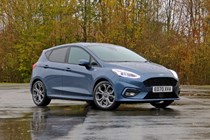
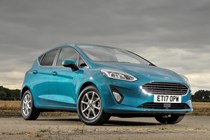
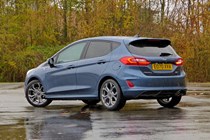
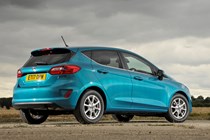
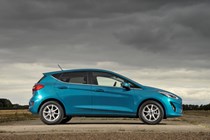
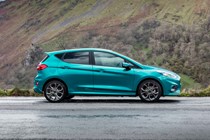
.jpg)
.jpg)
.jpg)
.jpg)
.jpg)
.jpg)
.jpg)
.jpg)
.jpg)
.jpg)
.jpg)
.jpg)
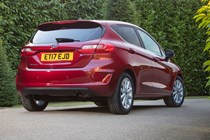
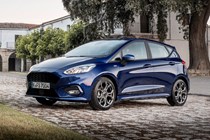
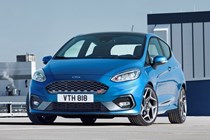
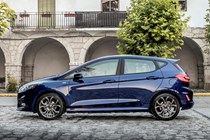
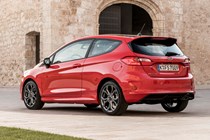
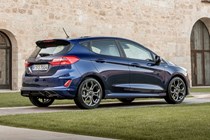
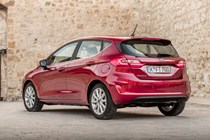
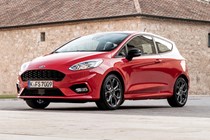
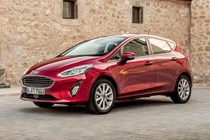
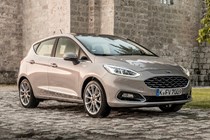
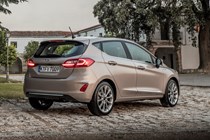
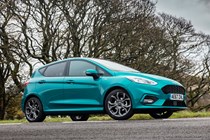
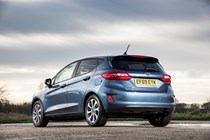
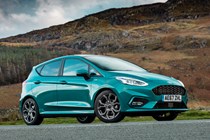
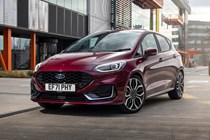
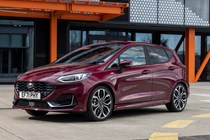
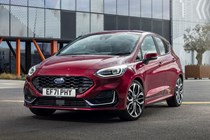
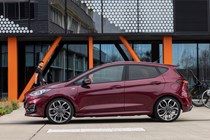
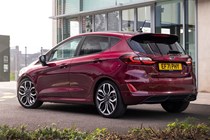
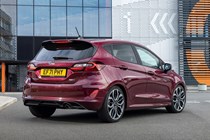
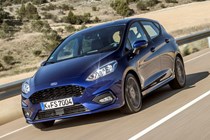
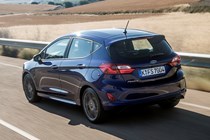
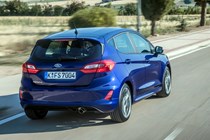
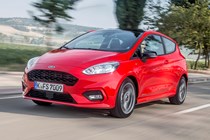
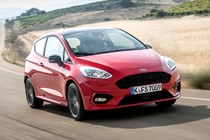
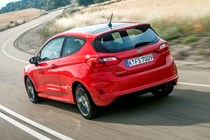
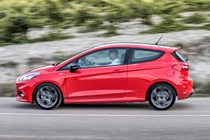
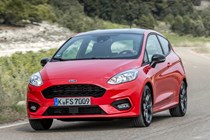
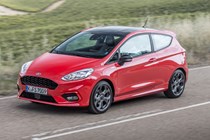
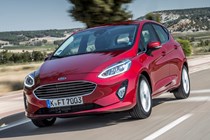
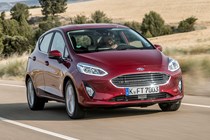
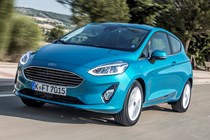
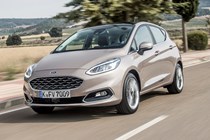
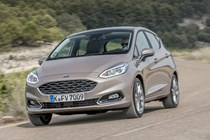
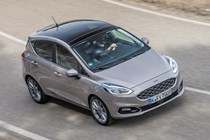
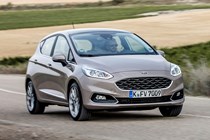
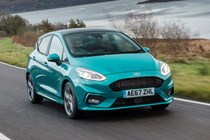
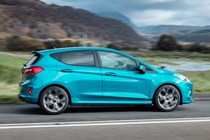
.jpg)
.jpg)
.jpg)
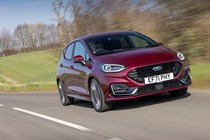
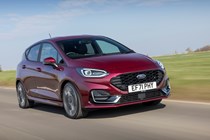
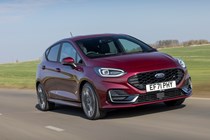
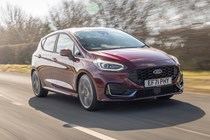
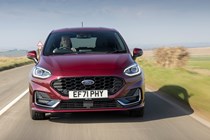
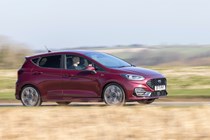
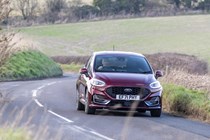
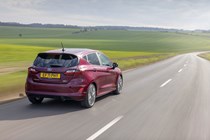
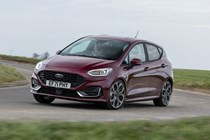
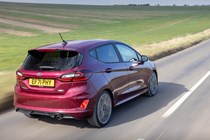


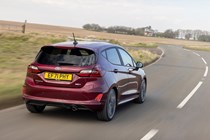
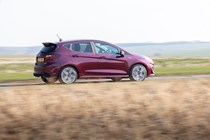
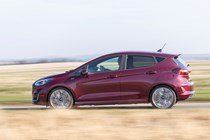
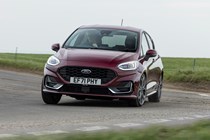
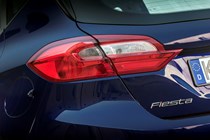
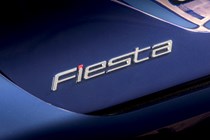
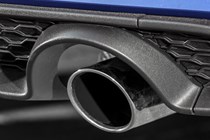
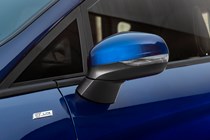
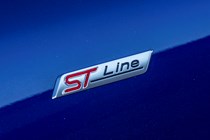
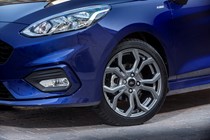
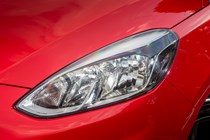
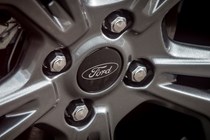
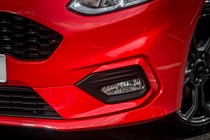
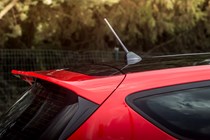
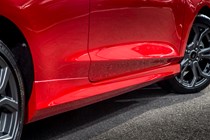
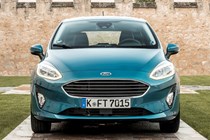

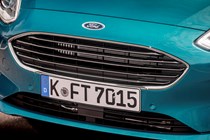
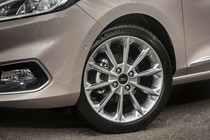
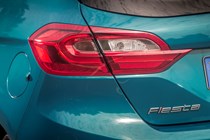
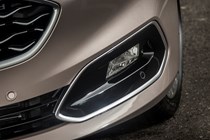
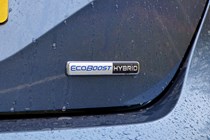
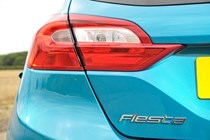
.jpg)
.jpg)
.jpg)
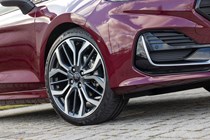
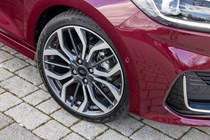
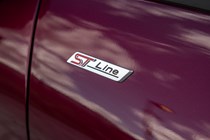
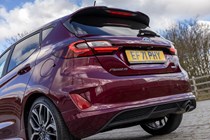
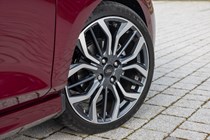
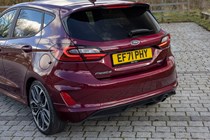
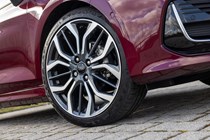
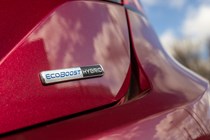
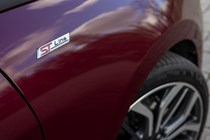
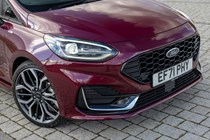
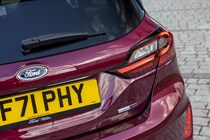
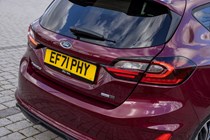
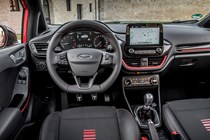
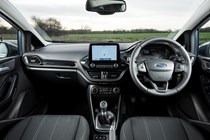
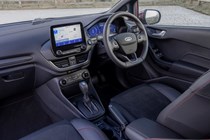
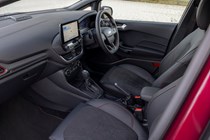
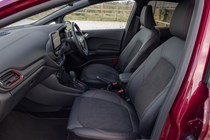
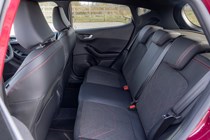
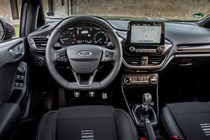
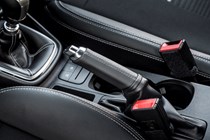
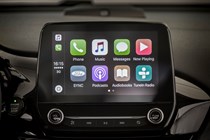
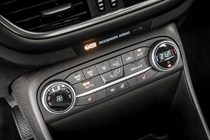

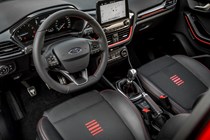
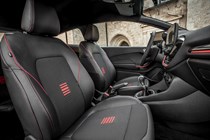
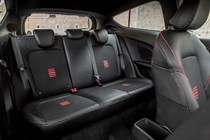
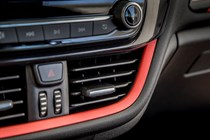
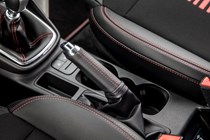
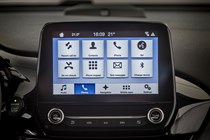
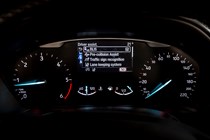
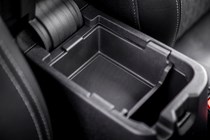
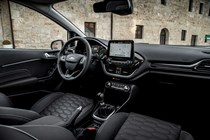
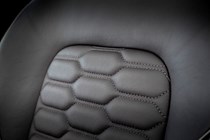
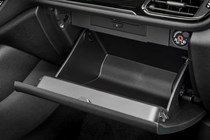

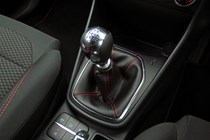
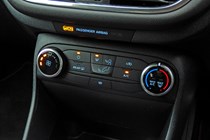
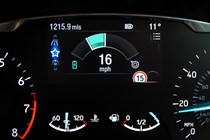
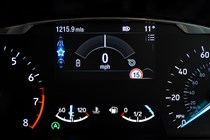
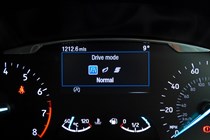
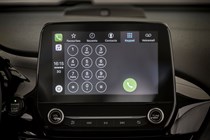
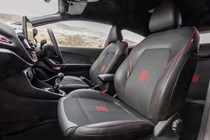
.jpg)
.jpg)
.jpg)
.jpg)
.jpg)
.jpg)
.jpg)
.jpg)
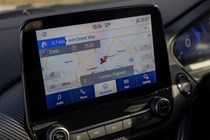
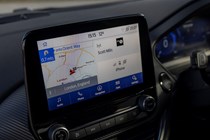
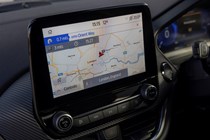
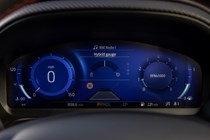
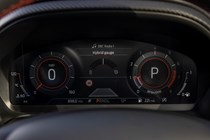
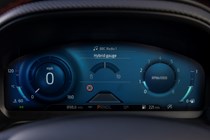
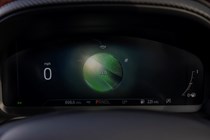
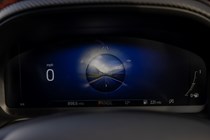
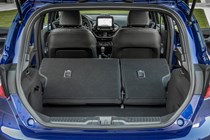
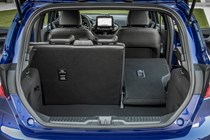
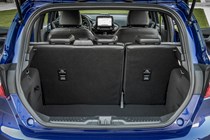
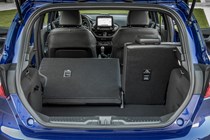
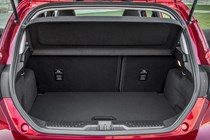
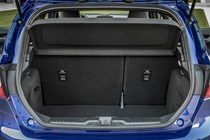
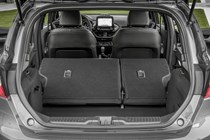
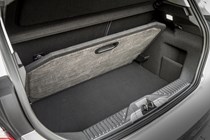
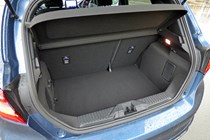
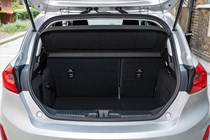
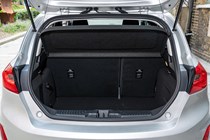
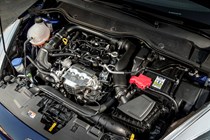
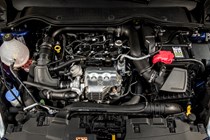
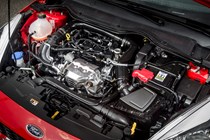
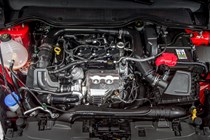
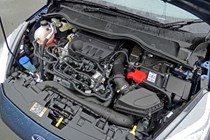
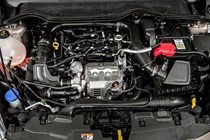
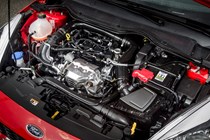
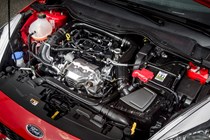
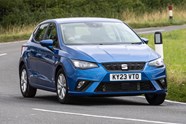
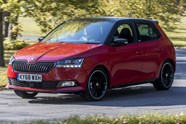








.jpg?quality=50)
.jpg?quality=50)
.jpg?quality=50)
.jpg?quality=50)
.jpg?quality=50)
.jpg?quality=50)
.jpg?quality=50)
.jpg?quality=50)
.jpg?quality=50)
.jpg?quality=50)
.jpg?quality=50)
.jpg?quality=50)






































.jpg?quality=50)
.jpg?quality=50)
.jpg?quality=50)



































.jpg?quality=50)
.jpg?quality=50)
.jpg?quality=50)










































.jpg?quality=50)
.jpg?quality=50)
.jpg?quality=50)
.jpg?quality=50)
.jpg?quality=50)
.jpg?quality=50)
.jpg?quality=50)
.jpg?quality=50)


























